Photos
-
You haven’t given the reps a framework for what PMM does, how to make requests, and how to work with YOU.
-
You haven’t made it clear to the reps how everything matters up to the company vision , strategy, category, and story.
-
(Bonus thing) you probably haven’t made it easy for people to assemble assets based on an approved framework. And the reps likely aren’t fully onboarded on how to tell the story well enough.
- “Tell me more about THAT.”
- “Why do you think that is?”
- “Can you say that in a different way?”
- Why do anything?
- Why now?
- Why you (and not the alternatives)?
Product Marketing Fail
Just saw a product reposition themselves as:
“The all-in-one platform for businesses, Now with AI”
It may sound good in the echo chamber of your zoom meetings but this is literally meaningless to the potential customer.
It could also dismay your current customers, who might perceive that the app they love has now lost focus.
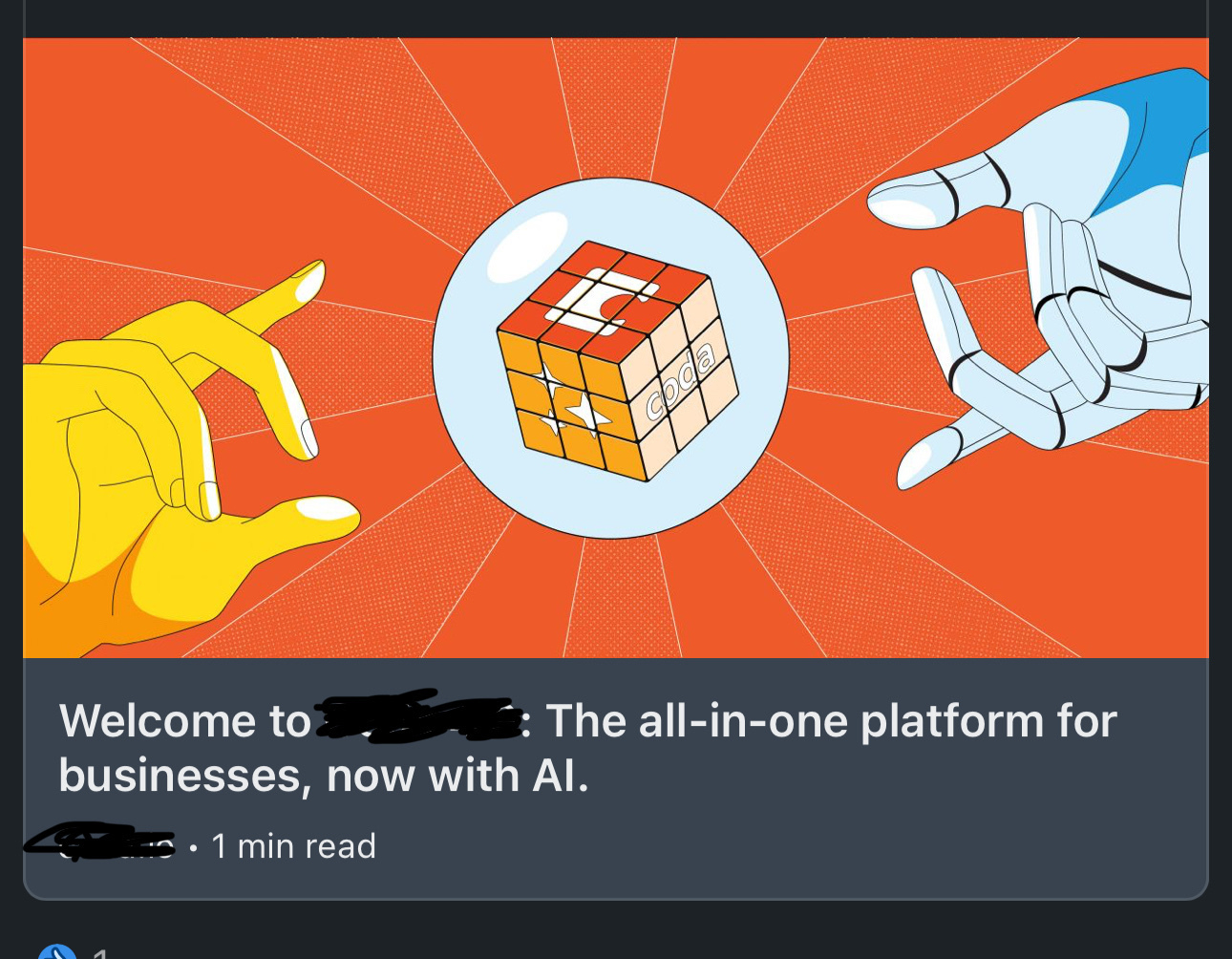
Nostalgia is a powerful weapon.
It can stir emotions that change minds, sway opinions, even win elections…
Use it for good. Not evil.

The “break-up email” in this SDR sequence is sure to at least get some replies. But I’m not sure it works as they intended.
It would be much better as the first message to get the back and forth going.
Relationships FIRST, business second.

Product-led vs. Sales-led isn’t a mutually exclusive choice. See this example from Toggl, who understands that different buyers have different needs. They signal that if you want to engage sales, you need to be considering the teams version (with 10+ seats). This page is very well executed.
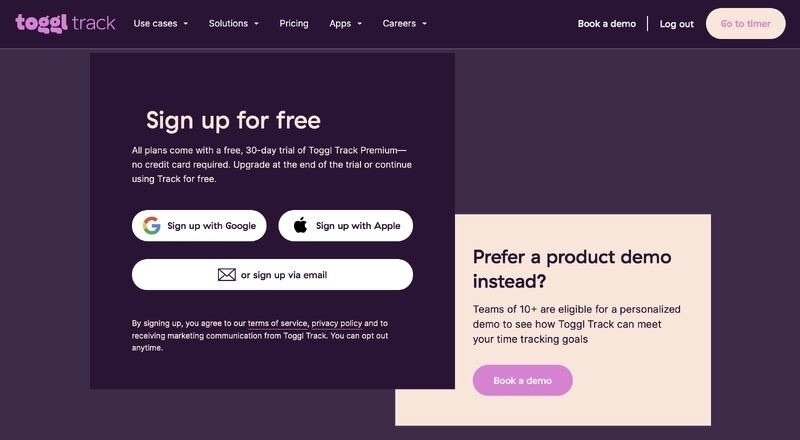
Sales-Led or Product-Led? Why not both?
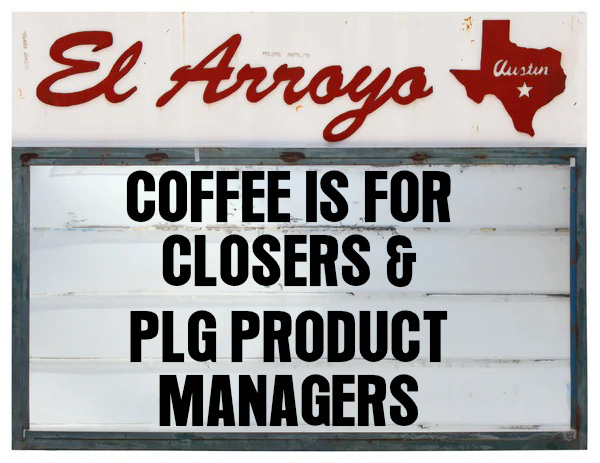
Product marketing is about giving your customers a clear story and the words to use to describe your product. How are we feeling about this clarity?
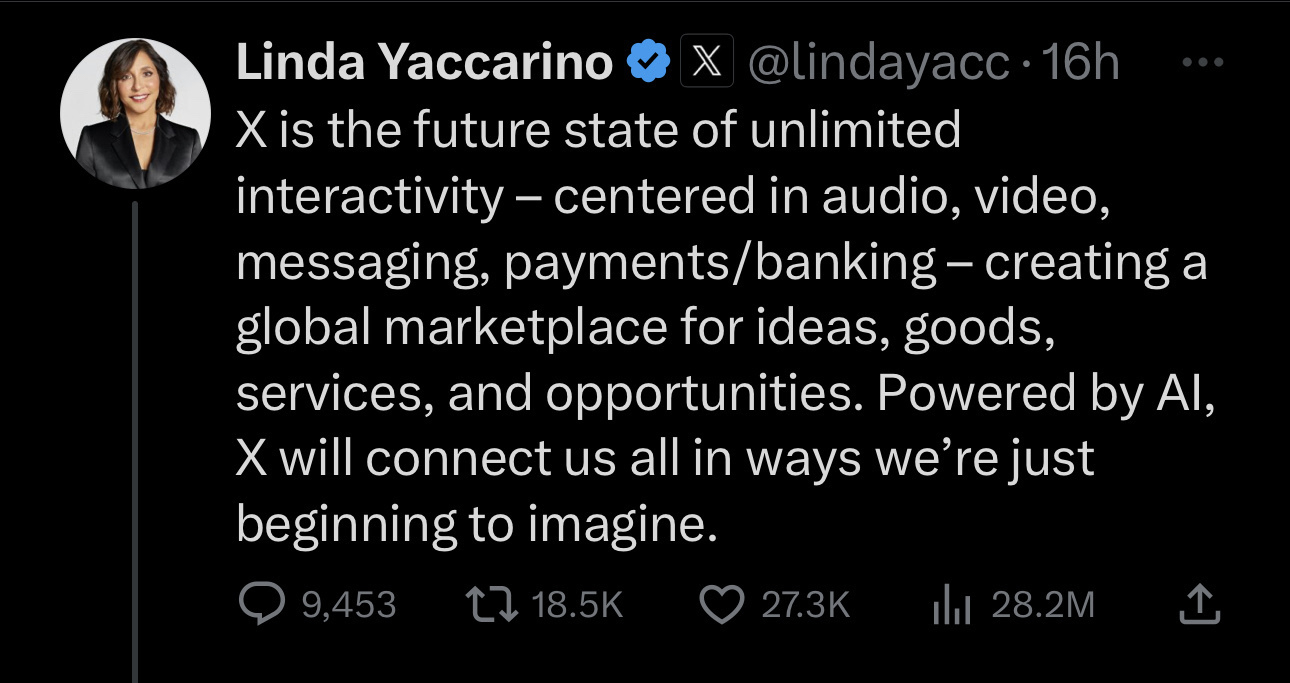
70mm

Some good ideas here for replicating the impromptu real-time mentoring missing from distributed workforces.
Is Forcing Employees Back to the Office Wise?

The Least Bad Path
The hardest (well, one of them anyway) part about product marketing is choosing how to spend your time to make the most impact.
Everyone wants a little piece of your work, and you ultimately have to find a path that’s the least bad in serving them.
And sometimes, not giving them what they want is what you need to do for the business.
A practical example:
You get a slack message:
AE: “hey there how are you how’s it going can you help me make some small tweaks for a deck I need for an opportunity that’s about to close?”
PMM: “hey, I’d love to be able to point you in the right direction. When do you need it?”
AE: “2pm”
PMM: …checks watch, looks at calendar…
🧐 What do you do?
In my experience, this is symptomatic of two solvable problems.
Agree or disagree? Have you found yourself in this situation? What have you done about it? I have some ideas and experience here. But am more curious what others have done.
#productmarketing #salesenablement #narrativedesign

While others zig, there’s a way for some customer-centric companies to zag and not seek to “replace” customer service, but augment it.
Sam Altman: OpenAI plans a pro-copyright model for ChatGPT
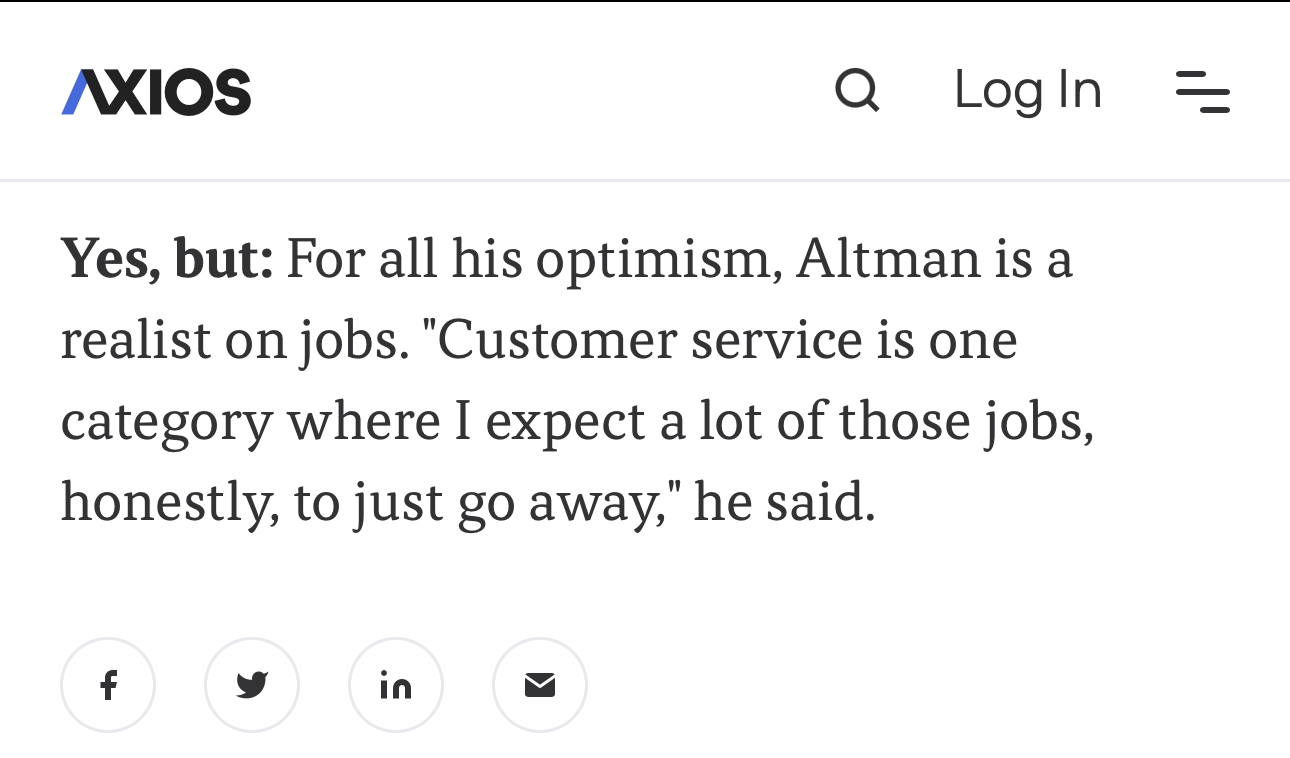
Two ears. One mouth.
Two ears. One mouth. I led a Product Positioning workshop this morning with a startup I advise. When you are on a virtual meeting whether it’s sales call, or doing internal brainstorming, or a positioning workshop with startup founders….
… act as a conversation facilitator (not a lecturer).
That means fighting the urge to talk, and taking a beat whenever it feels like it’s your turn because most of the time, the other party has more to say. If not, it’s important ot prompt for more when necessary.
What are some facilitation question you use to uncover insights in your virtual meetings?
#productmarketing #remotegtm #sales

The marketing team when the third CMO in a year rolls in.

one pagers
See Frank in the photo there. He is in product marketing and just got asked for another one pager. “We need a one-pager for this.” Is that something you hear a lot? (Feeds and Speeds)
If so, it’s really important to get back to basics and understand why people are asking for this. Is it that you haven’t given them a compelling story to tell? Is it that your story isn’t that compelling in the first place?
Start with the basics and make sure your sales reps are able to speak to these questions:
If you start there, making the one-pager will be easier for you as you have a story framework to start from BEFORE you get into the feeds and speeds.

Lifetime Value
“They’ll fight over it when you’re dead.”
In a world of subscriptions and SaaS, it’s easy to forget that some of the best products are built to LAST and you pay up front for a lifetime (or many, many years) of value.
I was reminded of this when I ran across a Wirecutter article by the The New York Times called: “What Are the Best Buy-It-for-Life (and Beyond) Products?”
There are many products in my life that I’d put into this category (Le Creuset being one of them).
How do these products stand the test of time? Quality, of course.
But often overlooked is their positioning.
I have many products by Saddleback Leather Co. and they have a clear positioning rooted in lifetime value: “They’ll fight over it when you’re dead.”
That one statement says a lot. And they back it up by describing their process and even made a video about how to knock off their leather bags that throws clear shade on copycats.
What are some other products that are made (and positioned) to last a lifetime?
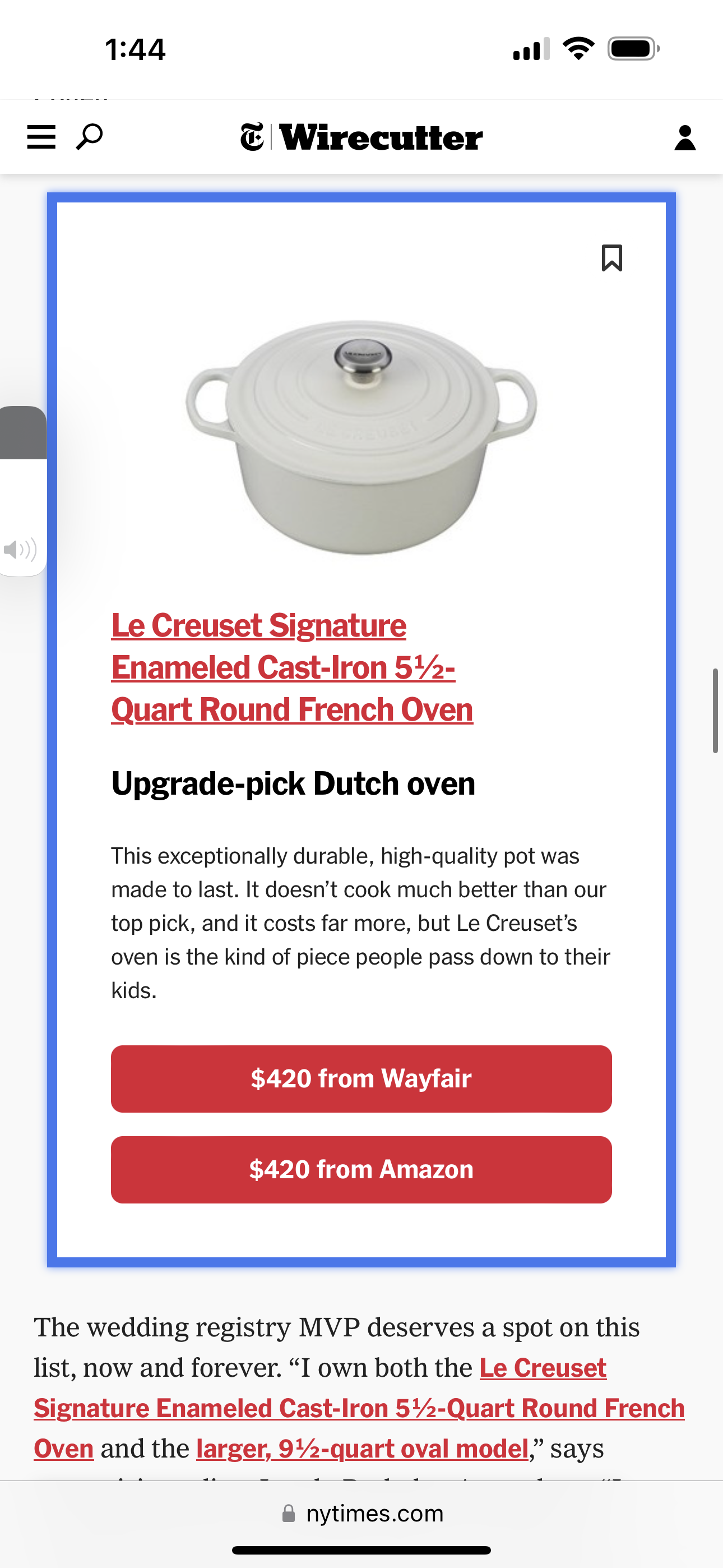
Maybe Boston will have some halfway decent tacos now?

Getting internal buy-in for your feature.
#productmanagement #productmarketing
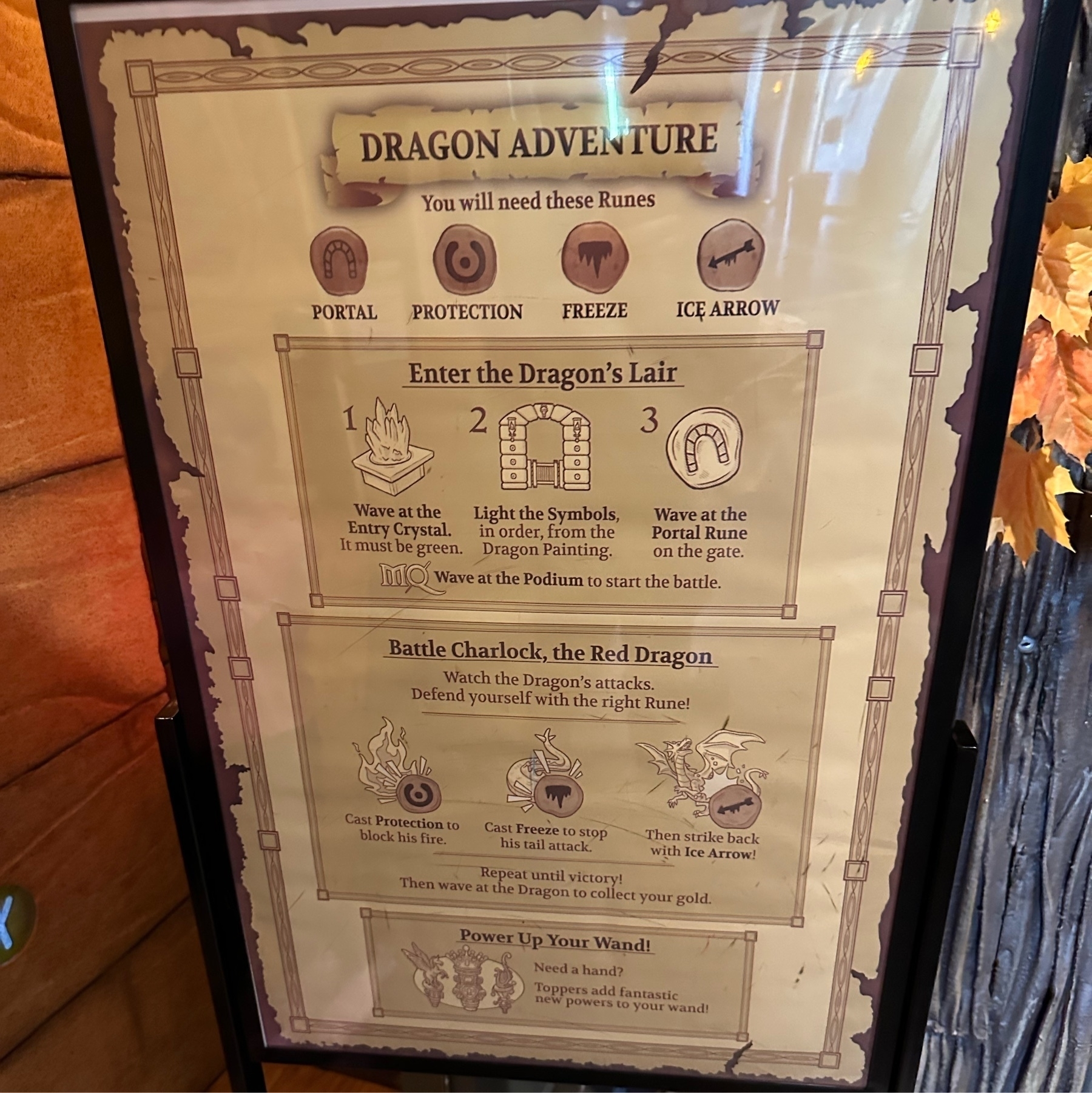
I guess it’s bedtime.
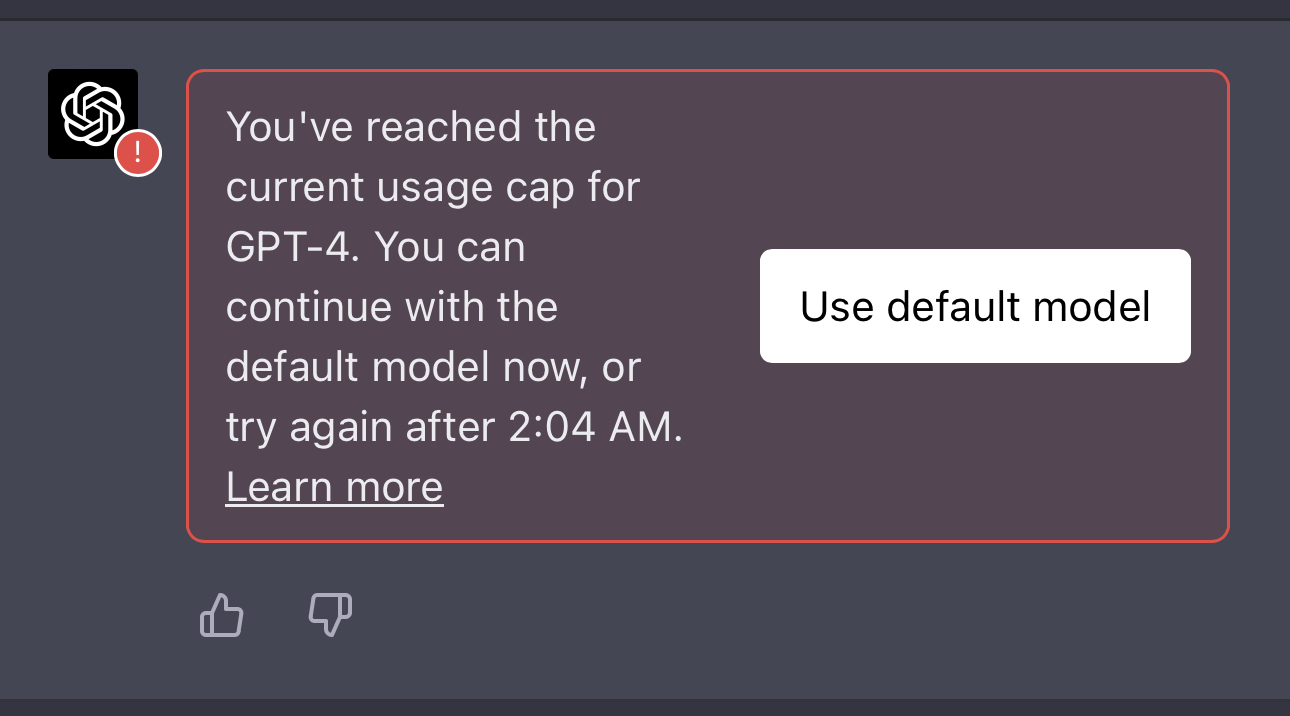
Helpers, not chasers.
I guarantee that this is the future of SaaS selling. Good companies have understood that chat as a sales channel on a website should be embraced. Many have already started launching impromptu zoom calls while a prospect is on the site itself. New tools will be introduced to facilitate this.
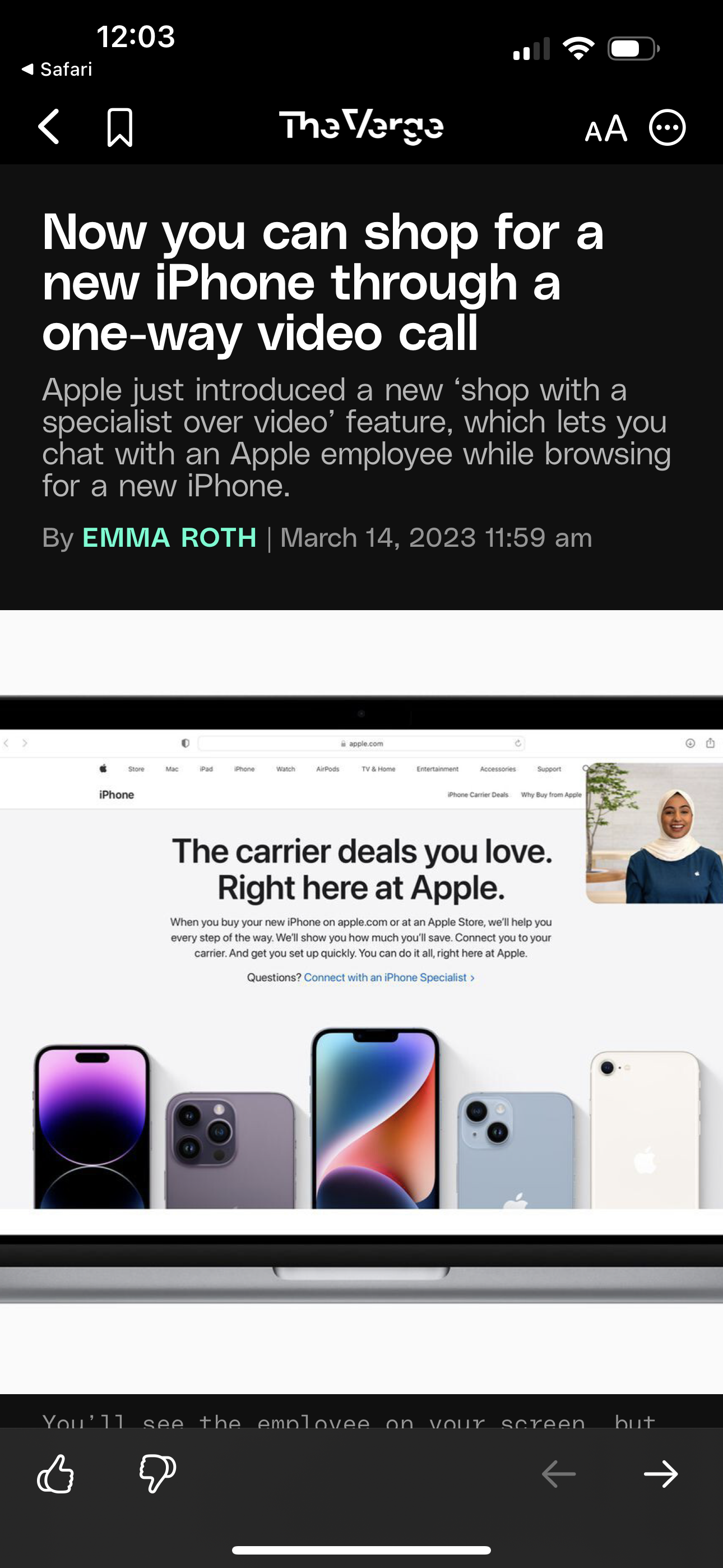
The night before launch for a product marketer.
#productmarketing

